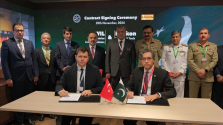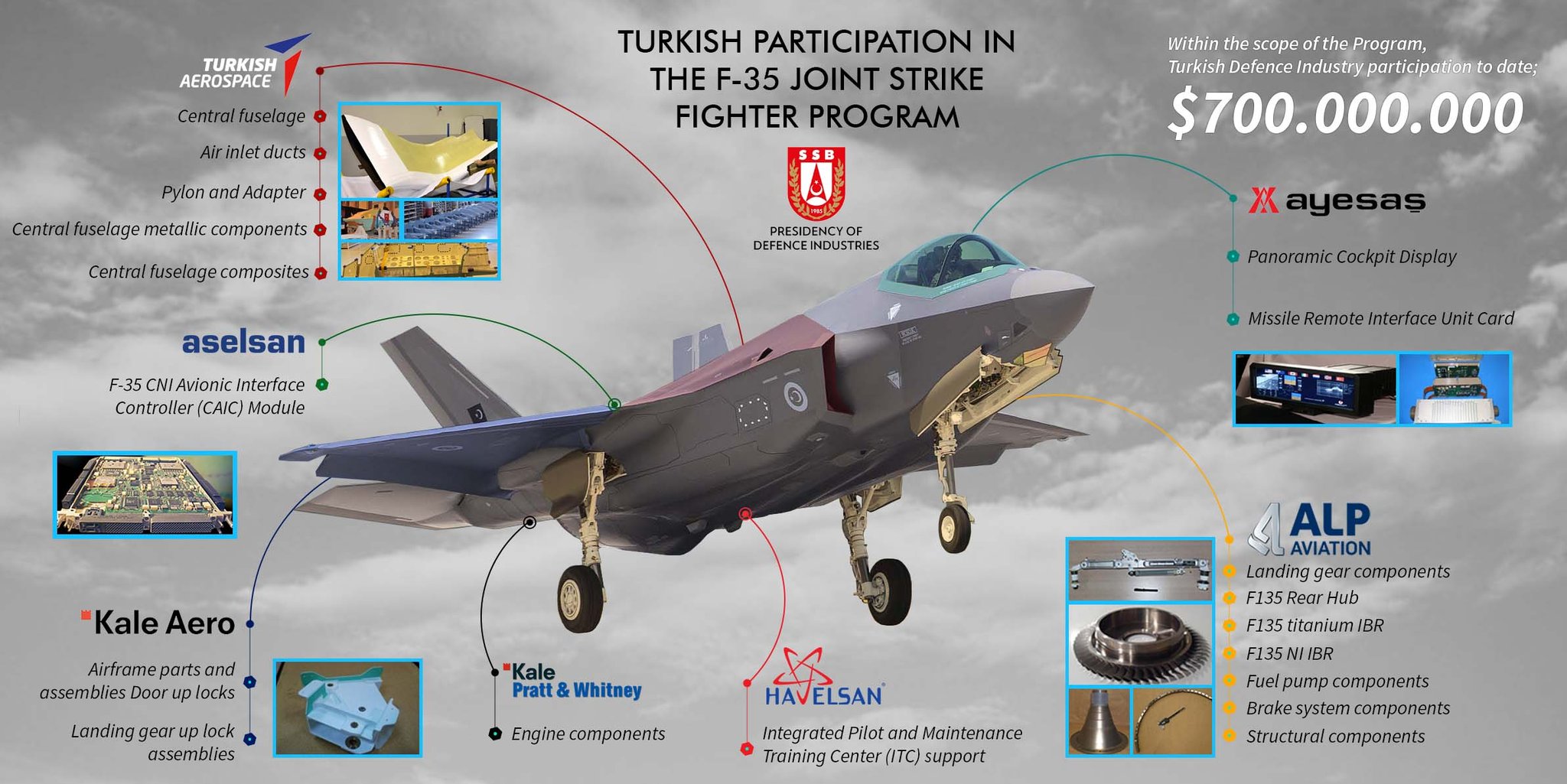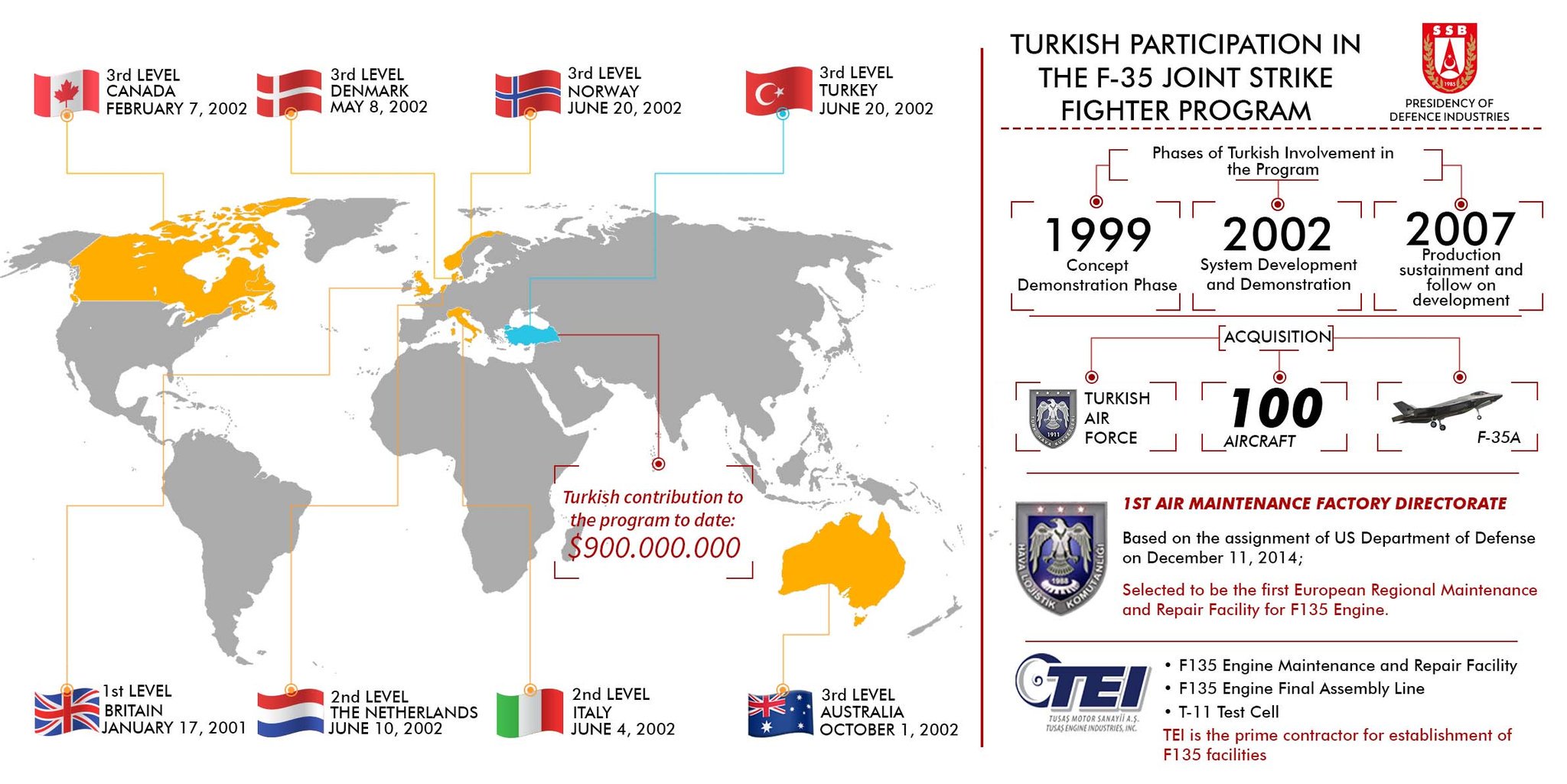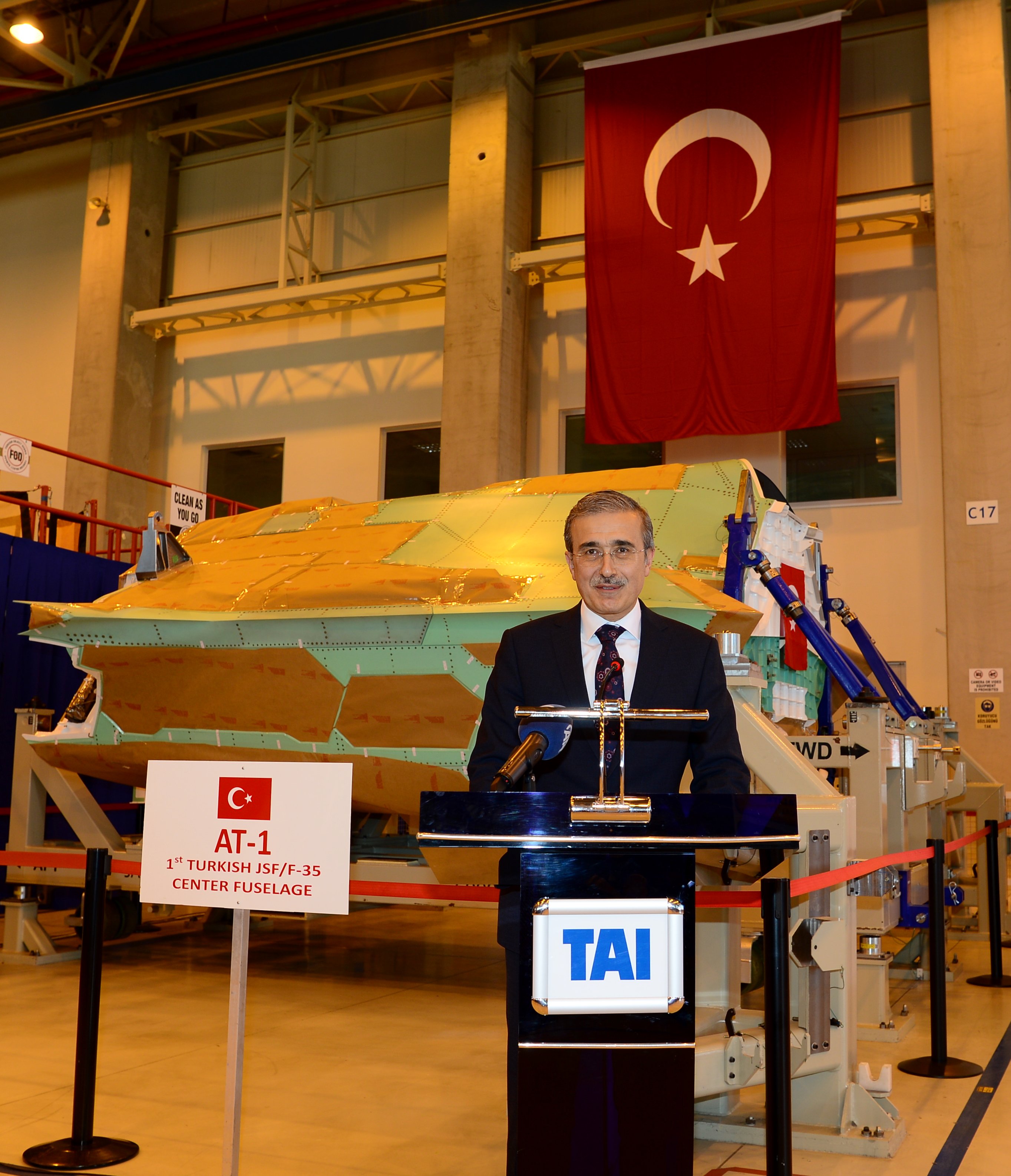A case for the F110-GE-131
It might be the case that Kaan is using an uprated F110-GE-129 that provides (close to)
31000lbf of thrust. Let us call it the F110-GE-
131. How?
Eray Gucluer has stated multiple times now that the "F-16 engine" on Kaan provides 30000-31000lbf of thrust. This made me think there is more to the F110-GE-129E's used on the Kaan.
The F110 is an engine that has a lot of room for improvements as has been shown starting from the first iteration the F110-GE-100 providing 28000lbf to a variant that provided 36000lbf already back in 1992.

Regardless of the usefulness of this highly uprated F110, it shows what the F110 is capable of. By using developments from the civilian CFM56 and newer technologies in materials and design GE came up with the F110-GE-129IPE and F110-GE-129EFE/132 with improved life, MTBO and of course, thrust. Changes from the -100 to the -129 are more modest than those from the -129 to the -132 which incorporated an all blisk fan (derived from the F118) and an improved afterburner.
GE introduced a program to extend the service life of the F110 in service all over the world, calling it the SLEP (Service Life Extension Program). The aim of the SLEP is to enhance the durability of the F110 by improving various engine components. These improvements could theoretically be used to increase the thrust of the engine as it uses a more efficient HPC derived from the CFM56-7, better cooling and better materials for turbine blades (using SC alloy) and an improved combustor. One of the nations that makes use of the SLEP is Turkiye.
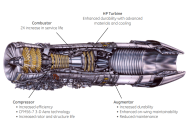
While the SLEP itself is quite extensive, it doesn't feature the all blisk fan, nor the changed design of the afterburner from V-ring to the F/H radial augmentor used on the F110-GE-132, as it trades thrust for extended life and cost saving.
Is it possible the F110-GE-129E's used on the Kaan are build from the beginning with SLEP enhancements which could be used for an uprated thrust figure instead of extended durability (4300TAC vs 6000TAC MTBO)? In my opinion yes. The advantages are many: No use of a new variant like the F110-GE-132 which isn't qualified for dual-engine use thereby saving time and cost. Secondly, using an engine that the Turkish Airforce has decades of operating and maintenance experience in.
The SLEP upgrade might not be as extensive as that of the F110-GE-132, but is a convenient middle road for the F110-GE-129 to provide that extra punch without compromising safety and durability. As the SLEP extends MTBO to 6000 TAC compared to the original 4300 TAC of the F110-GE-129, an uprated F110-GE-129 with SLEP enhancements should have a similar MTBO of 4300TAC at a thrust of ~31000lb, the
F110-GE-131.
Would GE be open to such an uprated interim variant just for the Kaan? I don't see why not. Earlier in the development of Kaan, GE apparently offered to build an F110-GE-135 with as the name suggests it, 35000lbf of thrust. As is obvious, that offer was not taken.



